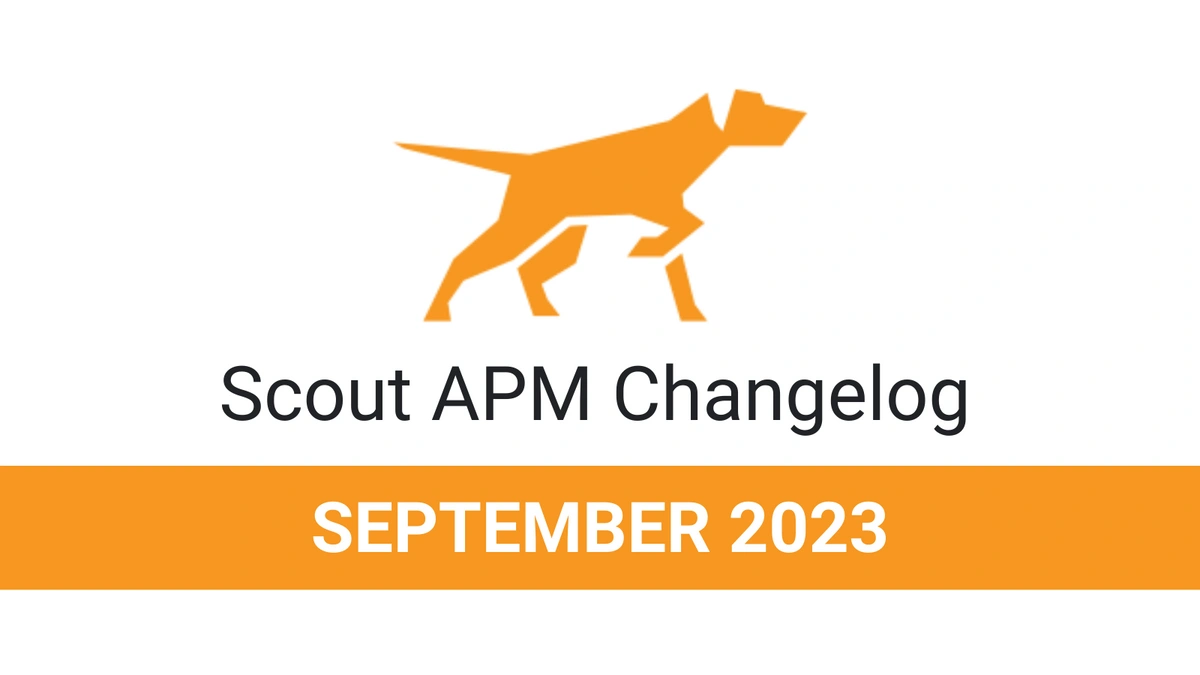The Page Load Paradox
The irony is that, with broadband nowadays more or less everywhere, overall connection speeds have gone up by leaps and bounds, yet the time taken to load web pages seems only to have got longer.

For more than 40 years, a one second response time has been the accepted limit for giving users the feeling they are freely navigating an interface [Miller 1968; Card et al. 1991]. However on the web, we operate with a different set of rules – we’ll hear anything from two seconds to eight seconds as the limits for response time. Even at the most aggressive threshold, it’s 2x the limit for a free-flowing user experience.
ShowSlow, a nice web service for uploading YSlow data, illustrates that many (if not most) of the Alexa Top 100 sites have load times greater than two seconds. If this Forrester study is correct, we’ve got a lot of frustrated people out there (Forrester isn’t the first to relate response times to revenue). Despite the data, we seem to use faster connections to build richer interfaces, not faster ones.
So, do users really care about speed?
My grandma and grandpa used to tell me they got by with very little growing up, but it didn’t matter. Everyone else was poor – they didn’t know they were poor. Have we just accepted poor response times as the norm? If sub-second response times were consistently possible, would we ignore it and just build a richer, slower web page?




